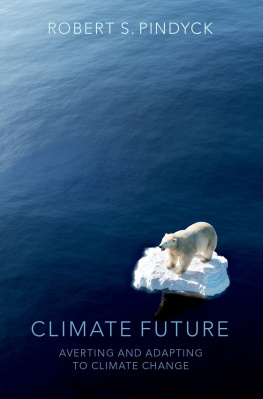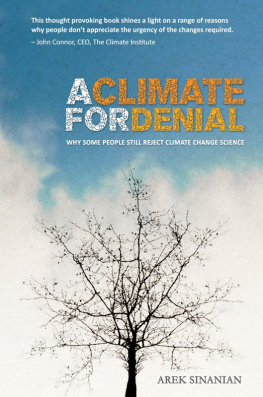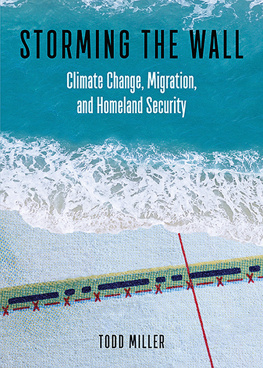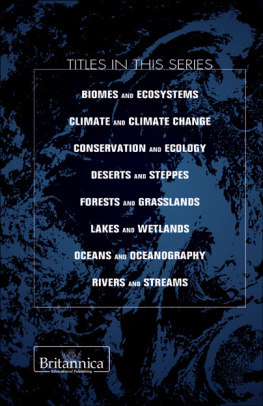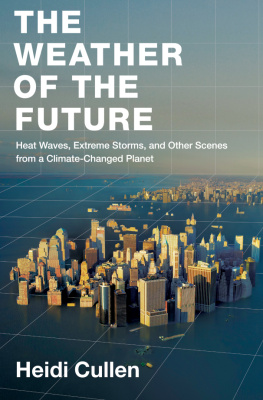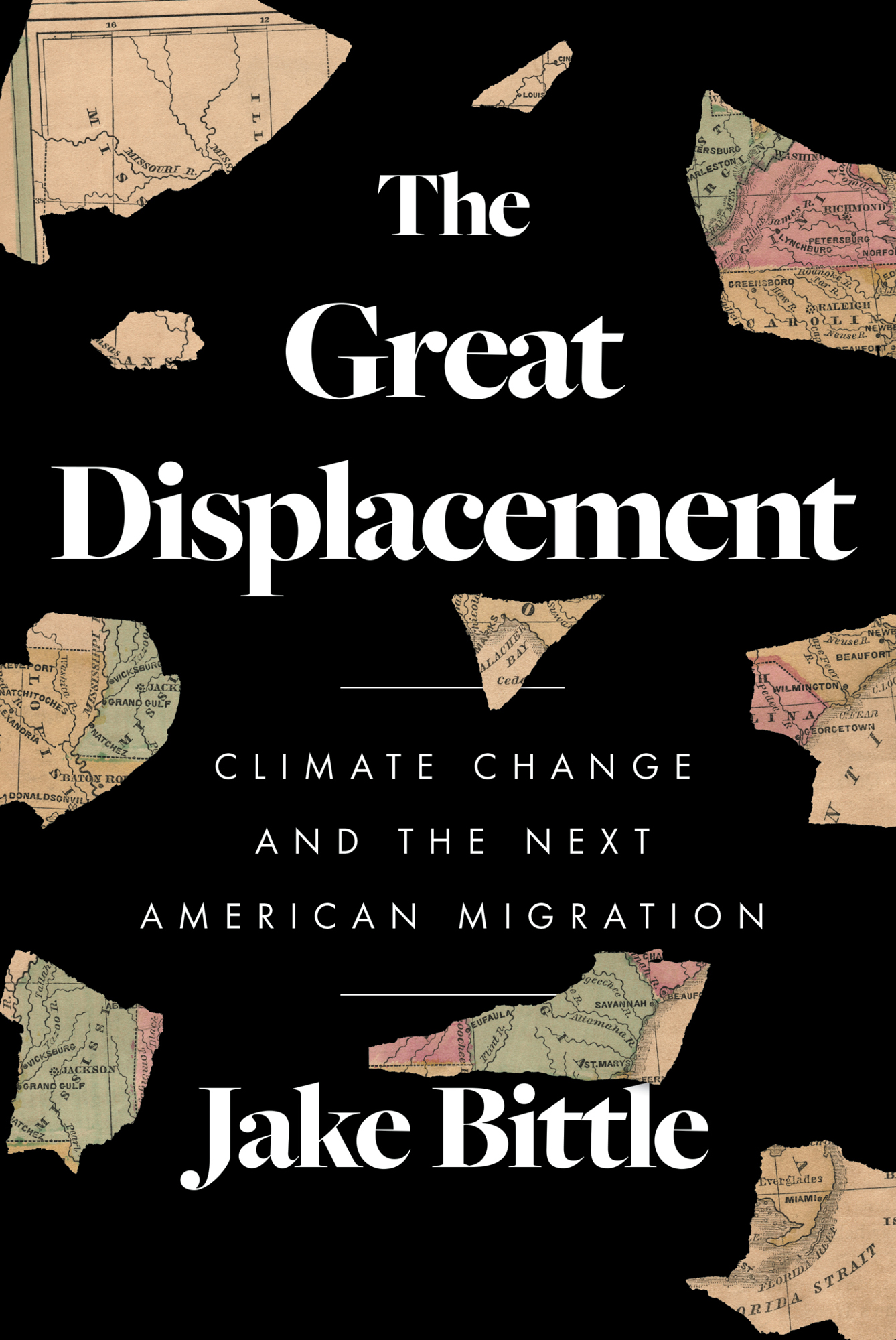Contents
Guide
The Great Displacement
Climate Change and the Next American Migration
Jake Bittle
To my mother and father
You cannot put a Fire out
A Thing that can ignite
Can go, itself, without a Fan
Upon the slowest Night
You cannot fold a Flood
And put it in a Drawer
Because the Winds would find it out
And tell your Cedar Floor
Emily Dickinson
Introduction
T he town had been there for a century and a half. Then one evening, in the summer of 2021, it disappeared.
Greenville was a mountain hamlet of about a thousand people, nestled in the mountainous wilderness of northeast California. The town had sprung up as a mining outpost during the gold rush, and buildings from that era still dotted its main street. The local economy was sluggish, and most residents were far from wealthy, but the community was close-knit; as one resident later recalled, Wed go to the local grocery store and sometimes it would take over an hour to get out, just to run in and get a gallon of milk or something, because we knew everybody. Some residents had moved to Greenville from the Bay Area in search of cheap housing, while others relished the towns distance from urban sprawla writer from Greenville would later recall a social tapestry made up of retirees, hippies, bikers, rednecks, ranchers, [and] cowboys. Inside the valley, insulated from the mountains by a screen of trees, it was easy to forget the rest of the world.
On the evening of August 4, 2021, one of the largest wildfires in US history breached the valley surrounding Greenville. The Dixie Fire had been smoldering for weeks nearby, but a sudden wind from the south had sent it spiraling to the northeast. It moved through the valley like a blowtorch, as one resident put it, destroying three-quarters of the towns buildings in a matter of minutes. Houses erupted into fluttering tufts of flame; cars shriveled up like dried flowers; light poles and stop signs doubled over; trees dissolved into yellow air. The fire obliterated the library, the pharmacy, the baseball field where the Little League teams played, and the streets that hosted the annual Gold Diggers mining festival; it incinerated boxes full of family photos, heirloom rifles, childrens toys, and workaday silverware sets. A hundred and seventy years of history and memory evaporated into soot and haze.
The disaster did not end once the fire burned out. It took months for the federal government to arrive in Greenville with emergency trailers that could shelter displaced residents. In the meantime, the refugees from the town scattered across the state to find temporary housing, forced into a wrenching exile from their homes. Greenvilles working-class residents had come to the town because it was affordable, and now they struggled to find alternative shelter elsewhere in the state: Californias housing shortage had jacked rents up to unprecedented levels even in places that had seen no wildfire damage, and many victims had to search for months before they found apartments they could afford. Some were priced out of California altogether, while others left the state by choice, terrified of living through another fire seasona few of the victims had moved to Greenville from the town of Paradise after the Camp Fire three years earlier, only to find themselves burned out again. Meanwhile, many who wanted to return to Greenville found that they lacked the means to do so. In the years before the fire, insurance companies had started to pull out of the town, telling residents the area was too risky to insure, and many victims who had lost their homes in the fire did not have sufficient insurance coverage to rebuild. They moved to nearby towns and cities instead, ten or twenty miles away, and found themselves slipping into new lives. The few hundred residents who did return found the town in a state of permanent limbo: the scarred landscape around them was haunting and hostile, frozen in the moments after the fire. The natural beauty of Greenvilles secluded valley, the affordable housing stock that had attracted artists and eccentrics, the close social ties that had bound the community togethereverything that made Greenville what it was had vanished.
The destruction of this quirky mining town and the displacement of its residents function as a parable for what the next century of climate change will bring to the rest of the country. The summer of the Dixie Fire saw a series of climate calamities strike almost every corner of the United Statesthere was another historic fire near Lake Tahoe, a monstrous hurricane in Louisiana, a millennium-scale drought across the Southwest. Thousands of people lost their houses to a tide of storm surge, or watched their communities go up in smoke, or suffered beneath lethal temperatures. By the end of the year, one in three Americans had experienced a weather disaster of some kind.
For a long time, climate change was something to be discussed in abstract terms, something that existed in the future tense. That is no longer the case. Each passing year brings disasters that disfigure new parts of the United States, and these disasters alter the course of human lives, pushing people from one place to another, destroying old communities and forcing new ones to emerge.
This book tells the firsthand stories of people whose lives have already been touched by climate change, who have already lost their homes and their histories to a crisis that millions more of us will soon confront. It draws on hundreds of original interviews and thousands of pages of research to show how climate disasters expose fundamental flaws in where and how we have chosen to build our communities. It also illustrates how government disaster policy and the private housing market combine to push people away from the riskiest places in the aftermath of floods and fires, creating a cycle of displacement and relocation. But this book is also a portrait of a generation of domestic climate migrants, one that is growing larger every year. These people live in every corner of the country, from the waterlogged streets of Miami to the parched cotton fields of Arizona. They run the gamut from minimum-wage workers to millionaires, from liberals in big coastal cities to entrenched small-town conservatives. Their stories range from the tragic to the comic and from the inspiring to the infuriating.
Indeed, there is only one thing they all have in common: they are moving.
The title of this book is an oblique reference to the Great Migration, the largest single migration event in American history. From the 1920s to the 1970s, more than six million Black people left the South and moved to northern cities like New York and Chicago, fleeing an economic and humanitarian crisis. They left to escape the yoke of Jim Crow, the rampant flooding along the Mississippi, and the economic stagnation of the former plantation states, and flocked to the north for good-paying industrial jobs and the promise of racial tolerance. There have been other nationwide migrations since, from the Dust Bowl exodus to the Sun Belt boom, and many of these migrations have been driven by crises and upheavals, but none anywhere near so consequential as the Great Migration: the Harlem Renaissance, the civil rights movement, and the rise of hip-hop and blues can all be traced back to this seismic shift.
By the end of the century, climate change will displace more people in the United States than moved during the Great Migration, uprooting millions of people in every region of the country. In recent years, politicians and academics have begun to use the term climate migration, but migration is not quite the right word to describe what is happening in the aftermath of disasters like the Dixie Fire. The word implies an intentional, one-directional action, but the movement on the ground is more diffuse. It is beginning everywhere, in fits and starts, and enfolding people of all races and classes. In aggregate, the movement looks less like an arrow shooting through the air and more like water churning in a pot as it reaches a boil. Hence the use in this book of the term displacement, which conveys the reality: these movements will be unpredictable, chaotic, and life-changing.


